
How are southern New Hampshire breweries doing? That’s the question I sought to answer when I paused the regular Mash-Up column that usually features new beer releases and special events, and started the Brew News Spotlight series back in April.
They were ‘all in this together,’ but the local brewing landscape is made up of a diverse mix of producers big and small, watering holes and wholesalers. The COVID-19 pandemic was affecting everyone, but it wasn’t affecting them all in the same way.
So, I talked to 16 different breweries in Manchester, Nashua, Concord, Derry, Londonderry and Merrimack.
This is what I learned:
No matter what model breweries had set up (and some were in a better position than others at the outset), everyone was forced to make changes to adapt to the shifting marketplace.
Some changes were drastic. To others, they were minor adjustments. And in a few cases, these forced adaptations won’t just help a brewery survive, but they may make them stronger than they were before.
But nobody is through the woods yet.
The partial reopening of the hospitality industry in May and June has been a critical release valve for many, but it remains a fraction of the share of revenue it formerly represented.
Large events which previously drew in some key sales traffic are still not happening, and everyone is eyeing another likely draw-down period once the colder months arrive and outdoor seating is no longer an option, to say nothing of the possibility of a second COVID wave.
Canning bonanza

The most common way local breweries adapted was by canning more beer. The logic behind it was simple; people can’t come to the taphouse, tasting room, or brewpub to buy their beer, so they need to package it for the only way they can buy it — either to-go from the brewery, at retail stores, or in some cases delivered directly to their home.
Those brewers who had the most diverse channels of revenue were the most likely to adapt, according to Lithermans Limited co-owner Michael Hauptly-Pierce.
“I think being 100 or most of your eggs in one basket with one channel of distribution; one location, one package, one sort of direct avenue, those people had a really hard time transitioning,” Hauptly-Pierce said.

Many brewers, even those who never canned before, increased the share of canned beers to virtually 100 percent until they were able to start serving draft beer again. With the closure of restaurants in March, new kegs disappeared, and hundreds of old ones had to eventually get dumped as they grew stale.
“We dealt with it. It was unfortunate but it wasn’t crippling,” Hauptly-Pierce said of Lithermans dumping its stale beer.
If a brewer was lucky, they could can what they already kegged. If they were even luckier, they had their own canning line, which meant they wouldn’t have to rely on a mobile canner, which would have restricted their production schedule.
Not everyone was this lucky.

Invariably, canning negatively impacted profit margins as they had to factor in additional overhead for canning materials, labels, third party canning service and distribution. If they didn’t have to worry about the last two (because they had their own canning line, and in-house distribution), the margins were better.
Now, even with partial reopening of restaurants, draft beer has not made a full comeback and brewers are still relying heavily on cans, Haupty-Pierce has observed.
Brewers are taking different approaches to how they decide which beers get canned. Pipe Dream Brewing Company in Londonderry made canning a wide variety of labels their differentiator, while Great North Aleworks in Manchester decided to take a note from their sales data and doubled down on canning their handful of flagship labels, and fewer specialty or seasonal variants.
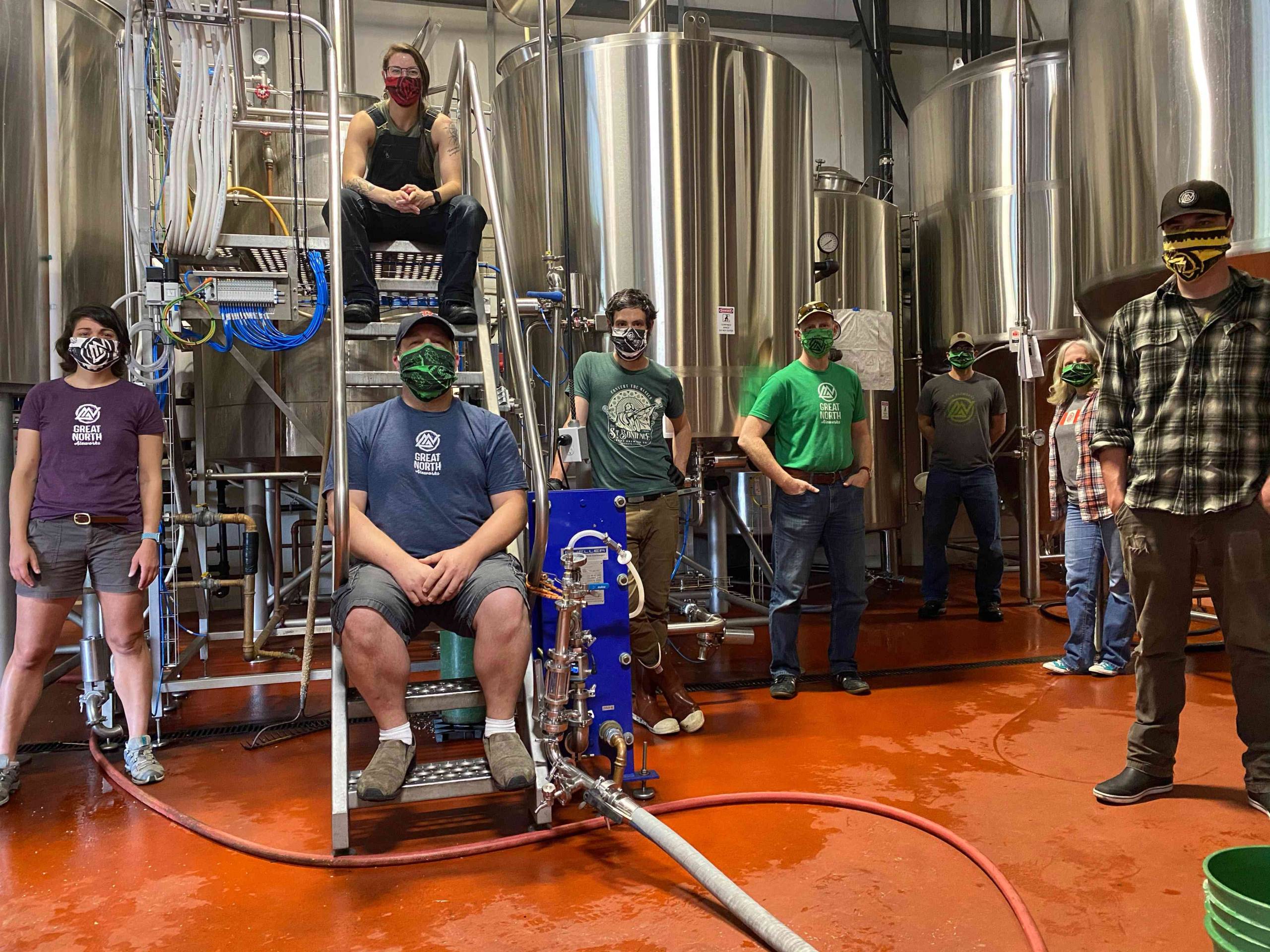
Taproom culture
Several small breweries I talked to rely heavily on their taprooms for income, traditionally. Some brewpubs like Martha’s Exchange in Nashua, Stark Brewing Company in Manchester and Backyard Brewery in Manchester are primarily restaurants and bars. The loss of dine-in service and events has hit them particularly hard. Even Moonlight Meadery in Londonderry gets a fair share of its income from tours and tasting events.
But taprooms are more than just a revenue channel for most brewers. They are differentiators, Hauptly-Pierce said. A way for a customer to get a unique experience and share that experience through word of mouth.

Each offers its own vibe, culture and shtick. Some are rustic and charm you with its DIY assembly, some are like urban hideaways with cafe-like chalkboard menus showcasing an ever-changing variety of brews. Others are comic book or vinyl rock-themed. Consumers get a chance to try beers that aren’t available on the retail market, they can pick the brain of the actual brewers to learn how their favorite beers were made, and they can make new friends.
The loss, however temporary, of on-premise consumption has meant more than just a loss of draft sales. A whole taproom culture was disrupted and it will be some time before we know the full implications of that disruption.
As Pipe Dream co-owner Jon Young said, he got into this business to be the “local watering hole” not the “major distro guy.”
Still, local breweries charged onward.

For some, like Great North, its taproom is not a main source of revenue, but it’s still important. Great North gets about 98 percent of its revenue from wholesale distribution. Before COVID, they split that between 2/3 cans and 1/3 kegs. For the past several months, they’ve been just packaging cans.
In terms of income, they were weathering the storm better than most. But what about their popular taproom with its weekly events?
Owners Rob and Lisa North said the taproom’s real purpose is building a community of Great North fans who enjoy drinking an IPA to a Creedence-based Spotify playlist, playing a game of competitive cribbage or partaking in some team trivia. Or, put in business terms, it’s purpose is marketing.

To keep that connection to consumers and the local community, Great North hosted regular virtual trivia nights every Thursday, hosted by Dolph Hoyt Presents (their regular emcee), who would broadcast from the taproom.
Ancient Fire Mead & Cider in Manchester also hosted virtual trivia nights. And Lithermans Limited provided links to their taproom playlists on social media so customers could recreate the ambience of the space without being inside.
The NH Brewers Association even hosted its first ever virtual beer festival in May, which, while unusual and novel for most involved, was seen as a success and a model they may replicate in the future.

If the retail presence of the brewing industry is the face of its product, its various taprooms represent its personality. And even in the face of tragedy and hardship, several brewers tried to keep their positive attitude and inject some wit into their work.
Such is the case with a handful of COVID-themed beers that made the rounds in recent months, such as VieRIS, the Russian Imperial Stout by Daydreaming Brewing Company in Derry, Pivot by Backyard Brewery (a nod to its pivot to canning and take-out), and Straight Outta Quarantine by Pipe Dream, the latter of which has matching hoodies.

Production struggles
New Hampshire mirrored trends nationally, when it comes to canning, but that pivot may not have been enough to make up for all the loss in business. Beer producers had a harder time pivoting and matching their former profits compared to wine and liquor producers, according to market research firm Nielsen.
Nielsen determined that brewers would have needed to increase their production volume by 22 percent between March 7 and July 4 in order to make up for the loss of dine-in revenue. Nationally, brewers only increased their volume by about 16 percent.
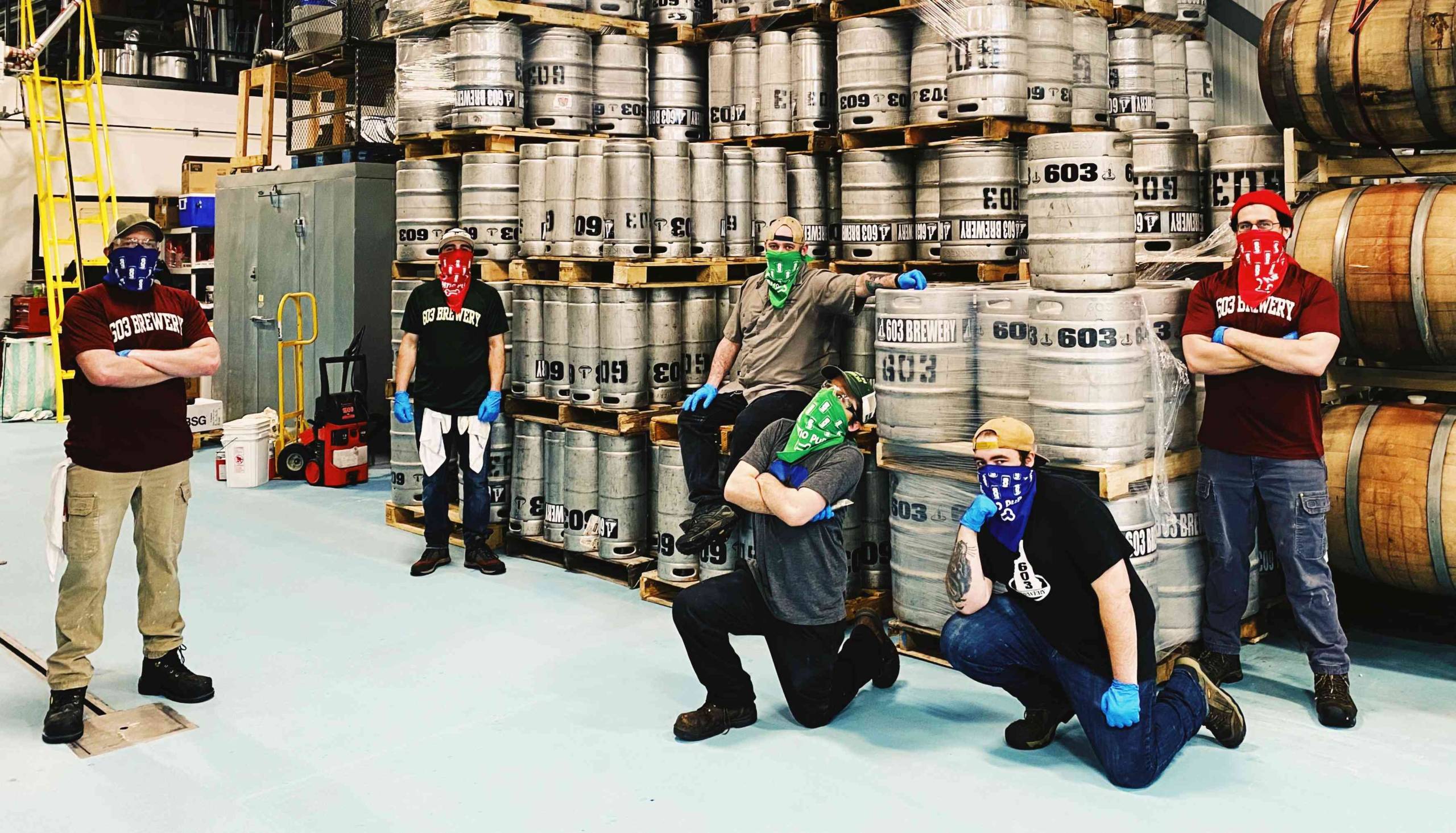
Local brewers who are members of the New Hampshire Brewers Association reported in a survey that roughly half of them have produced or sold less beer in the first half of this year compared to last.
The reasons for this can vary since the types of brewers in the Granite State are diverse. CJ Haines of the NH Brewers Association said licensed nanobreweries in the state produce an average of 278 barrels per year, brewpubs produce an average of 364 barrels, and beverage manufacturers make an average of 3,133 barrels.
To further complicate matters, some businesses are licensed as both brewpubs and beverage manufacturers, and the manufacturers can range widely in output, from single-digit barrels to tens of thousands, Haines said.
She said the thing they heard from members was that it’s the smallest brewers that are being hit the hardest, particularly those who traditionally rely on taproom draft sales for a majority of their income.
About 40 to 50 percent of members said they experienced a decrease in revenues due to COVID-19, with an average loss of 25 percent. Smaller brewers reported up to a 50 percent loss.

Government help
Nearly all of the breweries I talked to for the series, save for one or two exceptions, applied for and was granted some aid money from the Small Business Administration, either from the Payroll Protection Program or the Economic Injury Disaster Loan.
The PPP was the most popular option. It wasn’t a lot of money for most small to mid-sized brewers, but it was enough to keep their employees, hire back furloughed staff and, in some cases, keep the business open.
But some say more aid is likely needed come fall and winter, when outdoor seating disappears.
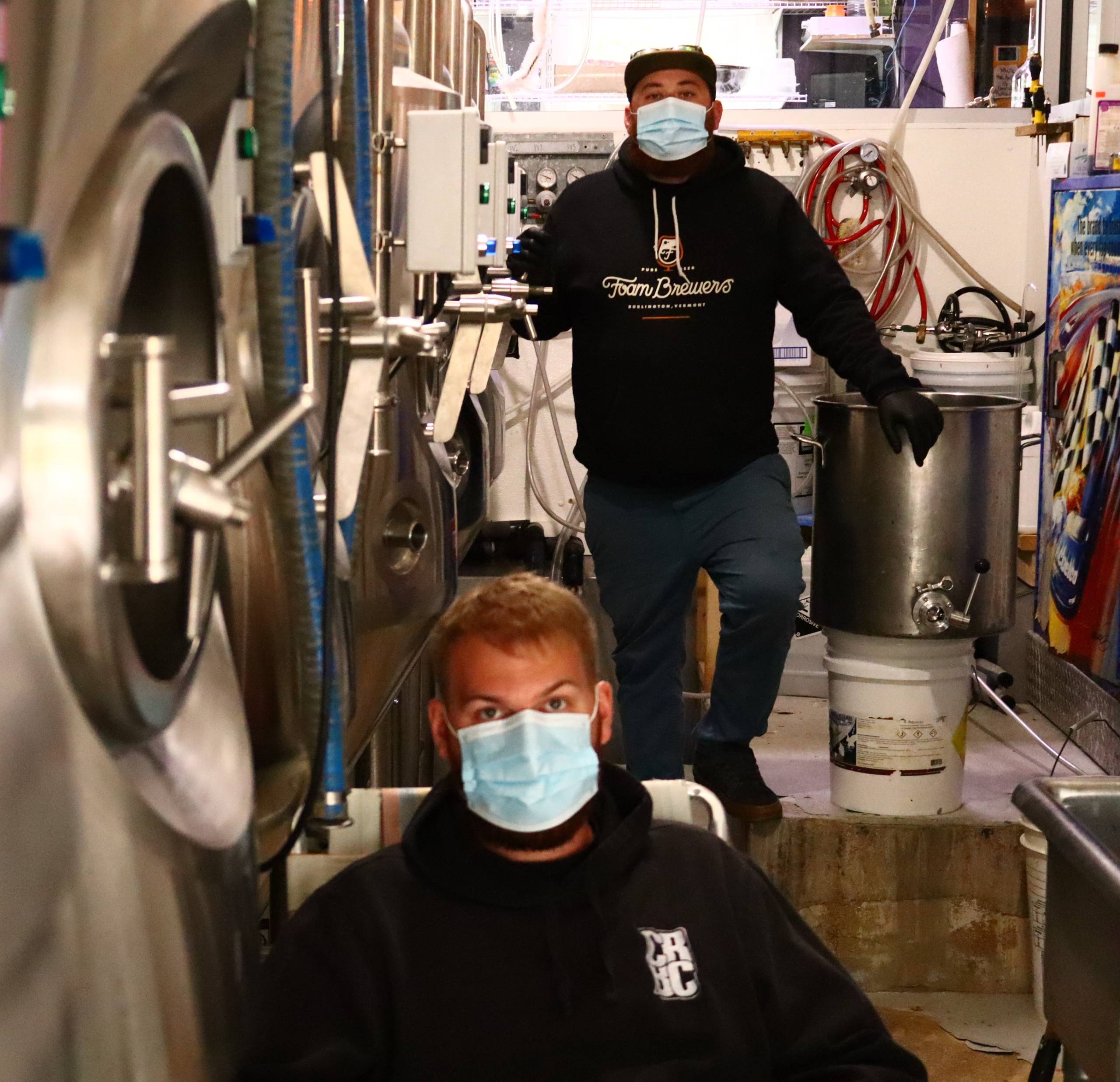
Lasting legacies
The various ways breweries have adapted and pivoted to survive will have lasting impacts, and in some cases leave the businesses stronger than they were before the pandemic.
For many, this is as simple as new outdoor patios. Places like Lithermans, Able Ebenezer in Merrimack and Candia Road Brewing Company (CRBC) in Manchester have a bunch of new tables they didn’t have before and those are likely here to stay.
Alas, some operators don’t have much space for outdoor seating, like To Share or Daydreaming, which only has room for a table or two along Broadway.

A lot of companies set up online ordering, like Rockingham Brewing Company, Lithermans and Able Ebenezer. And it’s looking like those systems are also here to stay, as business owners found how well and easily they work.
Several local brewers started shipping their beer to new retail channels they didn’t have before, like Long Blue Cat in Londonderry, and to customer’s homes, like Able Ebenezer, which has found huge success in that arena.
Lithermans signed a new distribution deal with Craft Beer Guild Distributing of New Hampshire, based in Portsmouth. Haupty-Pierce said they are retaining a lot of their original in-house distro footprint in southern New Hampshire, but as of late April, early May, Craft has been taking up a small portion of their old area and filling out the rest of the state.
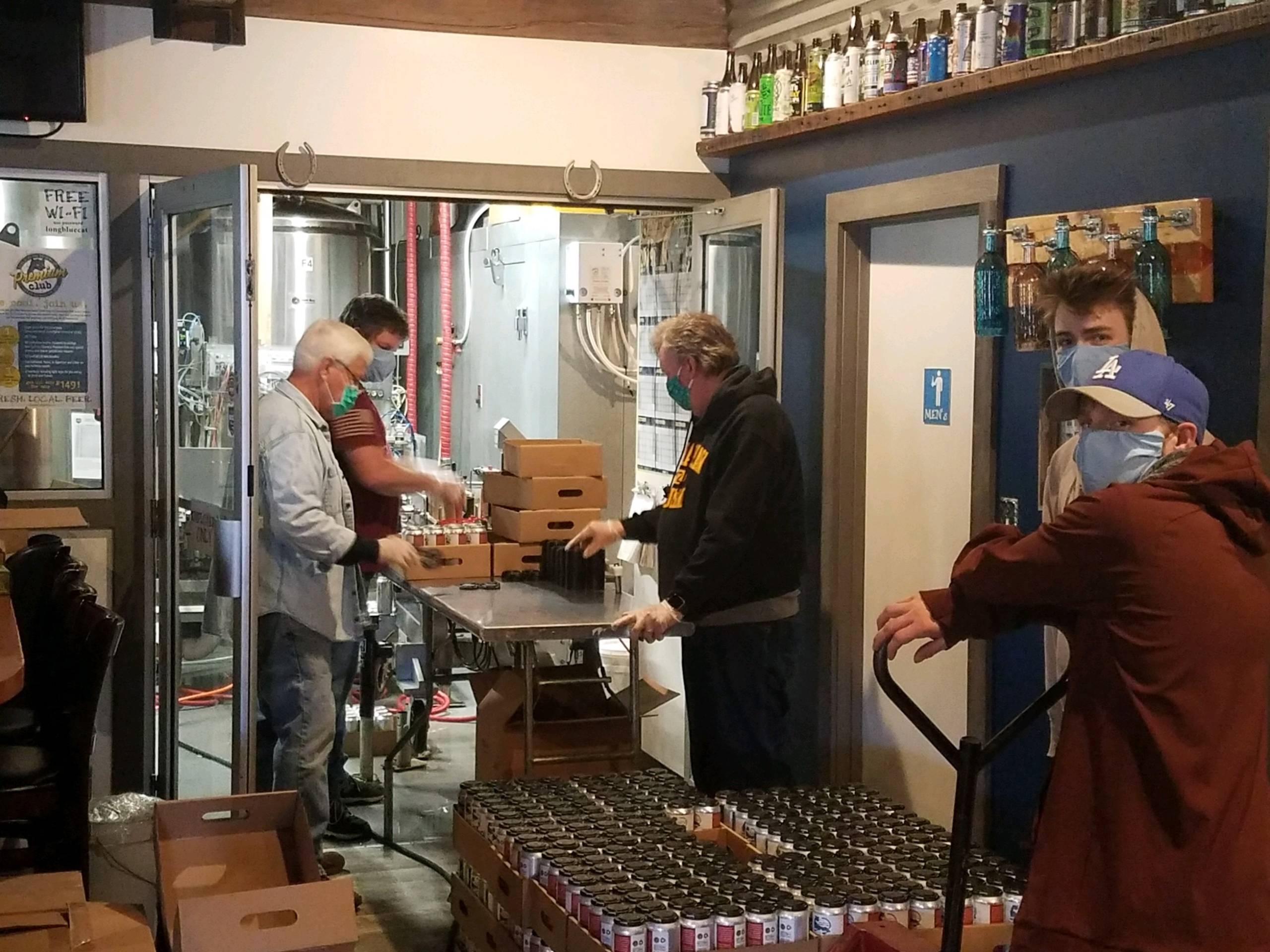
Long Blue Cat used some of its SBA loan money to invest in new equipment, such as a flex auger to move grain into the mash tun. They were using a vertical feeder from the upstairs area before, and can now free up the space for more dining. They’re also getting more fermenters in August to expand production.
Kelsen Brewing Company in Derry, famous for its pizzas, has leaned into its food’s popularity for take-out and eventually for dine-in. It helped to keep them afloat and they even installed some new pizza ovens to expand their production capacity.
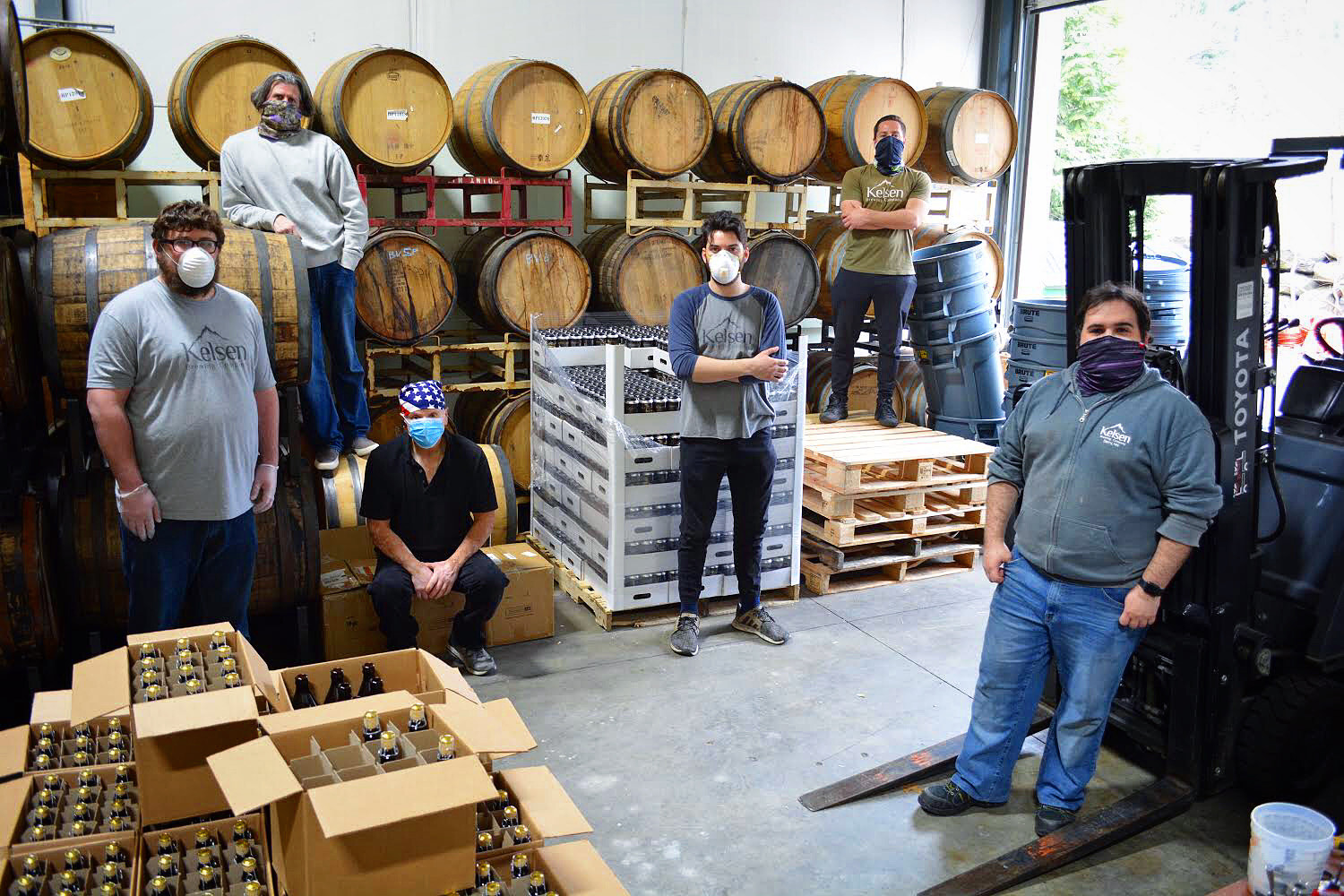
Some big changes were not necessarily a reaction to COVID, and were long-planned, such as Londonderry-based 603 Brewery’s release of its hard seltzer line (the first brewer in the state to start producing in that segment), and To Share’s release of dry ciders.
Not to mention Daydreaming, which has a distinctly on-premise and cask-centric niche, opened its brewery in the middle of a pandemic — how’s that for a lasting legacy?


Contact Ryan Lessard at ryanlessard@gmail.com







